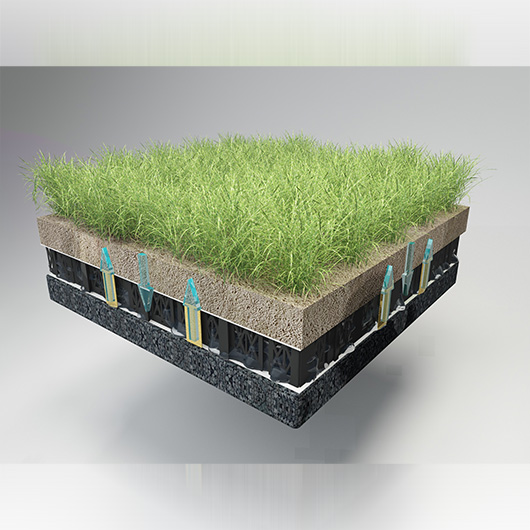Stormwater Collection and Utilization
Modern stormwater management strategies include methods like infiltration, storage and discharge systems, and rainwater reuse. Effective planning should consider local conditions, such as soil permeability, land characteristics, annual rainfall, and operational management needs.
After rainwater is collected, a purification process is essential to ensure usability. Properly managed rainwater can contribute to landscaping and community beautification. Detailed analysis of water balance—including daily runoff, reused water volumes, and total storage—should guide the design of stormwater systems.
Technical Process
The rainwater harvesting process typically includes four stages: pre-processing, storage, purification, and reuse. During pre-processing, stormwater is collected and filtered to block debris such as leaves. It then flows into regulation pools or storage systems for further treatment. Advanced filtration ensures the water meets quality standards for landscaping and other uses.
Finally, treated water is distributed through an efficient supply system, enabling neighborhood flushing, irrigation, and other purposes. This systematic approach enhances the sustainability of residential water management.
HOENSOEY Cells: An Innovative Solution
HOENSOEY cells provide a high-strength, high-capacity solution for rainwater management in residential communities. By integrating traditional collection methods with underground distribution, these cells eliminate unnecessary processes and reduce the reliance on pump equipment. This innovative system simplifies stormwater management, making it a cornerstone of sustainable urban development.


 Arabic
Arabic Chinese (Traditional)
Chinese (Traditional) Dutch
Dutch English
English French
French German
German Italian
Italian Japanese
Japanese Korean
Korean Polish
Polish Portuguese
Portuguese Romanian
Romanian Russian
Russian Spanish
Spanish Swedish
Swedish